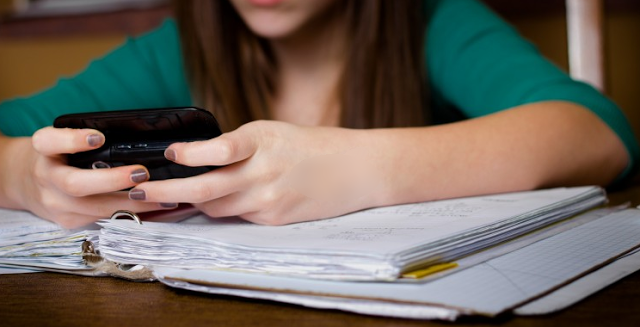We often tend to neglect, or even discourage numerous modern achievements when it comes to their incorporation in education, until they have become an overwhelming social fact. And this is normal. Who could have thought, more than twenty years ago when Pac-Man first started conquering the world, that video games would become an invaluable source of information for many a youth; that they would develop numerous skills and even come close to actually being considered becoming an Olympics discipline. So, has the time come to finally admit that social media have become ever-present and all-important? If the answer is yes, and it probably is, there is absolutely no reason why we should neglect such an important social category when it comes to education.

But how do you incorporate something usually strictly aimed at sheer and often shallow fun into a social aspect as important as formal education? Surely Facebook will draw students’ attention away from the classes. Yes, this is true and most schools in the world are banning mobile phones and blocking majority of social networks. Still, there are some exceptions to this. The Peel District School Board (PDSB) in Ontario, for example, unblocked numerous social media sites in 2013 in an attempt to incorporate them into education system.
Facebook as an Educational and Interpersonal Tool
Facebook, the most famous and often most criticized social network, is definitely a place where most students feel comfortable and relaxed. Even the shy ones have been noticed to show far more interaction via social networks than in person. Many teachers have been using Facebook as a means of communication with their students; a place where they can ask quick questions and receive information in real time and also a place of mutual communication between many different sides. It has been known to further classroom discussions, bring them to a whole new level, while giving students more self-confidence due to the fact that they have enough time to formulate their thoughts and check facts. Some opponents have argued that this kind of interaction actually showed the students’ ability to google for information rather than learn it, but what remains true is that a proper discussion of this kind leaves many conflicting arguments backed by undisputable facts at one place and for everyone to see at any given moment.
However, Facebook’s – and Twiitter’s, for that matter – main value regarding education lies in quick and relaxed communication rather than teaching and learning. But probably the most important thing to know when it comes to these media is how to utilize them in the right way. Here you can find a source of detailed information on the subject.
Value of YouTube
YouTube is probably the most often used social media aide in the classroom. Watching videos, usually from reputable sources, keep students’ attention and encourages discussions. Moreover, it often encourages students to search for more information on a particular topic and thus further their knowledge. Videos draw attention and usually elucidate content better while their visual nature helps when it comes to memorizing and recalling information and understanding practical concepts in real world.
The Absolute Winner: Wikipedia
There is no need to explain why Wikipedia is an extremely valuable resource. However, this is also the reason why many have been complaining that Wikipedia makes it easy for students to find information very quickly, thus making them lose sight of the importance of learning. Why memorize anything when you can find it on Wikipedia in a matter of minutes? Surprisingly enough, this can be the biggest value of it. This kind of information availability shifts students’ attention from memorizing data to actually using it in practical situations. They all have access to information. It’s how they use it that makes the difference.
